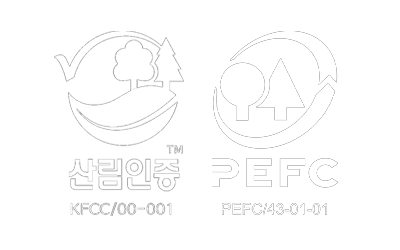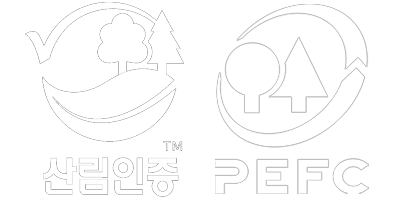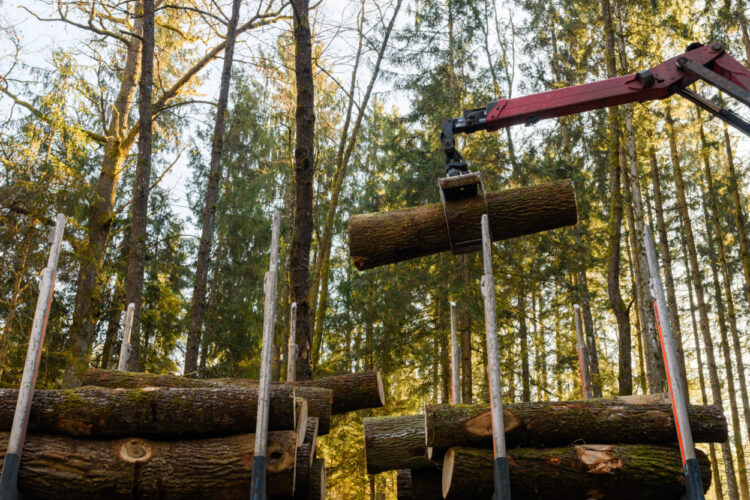지속가능발전 목표(SDGs)
지속가능발전 목표(SDGs)
Sustainable Development Goals
SDG 1: No poverty
SUSTAINABLE DEVELOPMENT GOAL
Forests contribute to livelihoods and economic growth across the full value chain, from people depending on forests for their livelihoods all the way to the consumers of wood fibre products.
SDG 2: Zero hunger
SUSTAINABLE DEVELOPMENT GOAL
Food from forests such as mushrooms, nuts, berries or game make an important contribution to the food supply and nutritional quality of diets, especially in some of the world’s most vulnerable regions.
SDG 3: Good health and well-being
SUSTAINABLE DEVELOPMENT GOAL
By regulating the climate, providing clean air and water, and through recreational benefits that support physical and mental health, forests and trees play a significant role in for our well-being.
SDG 4: Quality education
SUSTAINABLE DEVELOPMENT GOAL
Given the relevancy of forestry in rural areas, there is a strong role that forest owners can play in providing education and training to workers and local businesses and communities.
SDG 5: Gender equality
SUSTAINABLE DEVELOPMENT GOAL
In many countries, the link between poverty, gender and sustainable forest management is a critical issue. Rural women are heavily involved in forest work, but frequently disadvantaged. PEFC certification promotes gender equality through a variety of requirements and processes.
SDG 6: Clean water and sanitation
SUSTAINABLE DEVELOPMENT GOAL
Water security and forest health are intrinsically linked, and responsible forest management is key to preserving the forest and water ecosystem functions.
SDG 7: Affordable and clean energy
SUSTAINABLE DEVELOPMENT GOAL
Energy from wood provides 40% of today’s global renewable energy supply and has an important role in providing accessible, affordable and reliable basic energy services.
SDG 8: Decent work and economic growth
SUSTAINABLE DEVELOPMENT GOAL
Forests are a major driver for sustainable economic growth and provider of jobs especially in rural areas, yet forestry work is considered among the most hazardous in the world
SDG 9: Industry, innovation and infrastructure
SUSTAINABLE DEVELOPMENT GOAL
Forestry positively influences the well-being of people that depend on forest operations in rural and remote areas by providing basic infrastructure and services.
SDG 11: Sustainable cities and communities
SUSTAINABLE DEVELOPMENT GOAL
Building with wood makes cities inclusive, safe, resilient, and sustainable. Wood is the only renewable material on a large scale currently available.
SDG 12: Responsible consumption and production
SUSTAINABLE DEVELOPMENT GOAL
Renewability, resource efficiency, and responsible sourcing of forest products are central to sustainable production and consumption given the wealth of benefits forest can provide.
SDG 13: Climate action
SUSTAINABLE DEVELOPMENT GOAL
Forests are at the heart of the transition to low-carbon economies.
SDG 14: Life below water
SUSTAINABLE DEVELOPMENT GOAL
Many people would be surprised by forests’ contributions to “Life below water”, but forests play role that should not be underestimated.
SDG 15: Life on land
SUSTAINABLE DEVELOPMENT GOAL
Forests are among the most important repositories of biodiversity and their sustainable management is essential not only for conservation, but also for sustaining ecosystem functioning.
SDG 16: Peace, justice, and strong institutions
SUSTAINABLE DEVELOPMENT GOAL
A healthy forest sector can play a critical role in preventing conflict and distress migration, and in building peace. Forest producer organizations have proved themselves to be strong builders of democracy.
SDG 17: Partnership for the goals
SUSTAINABLE DEVELOPMENT GOAL
Partnerships are integral to forest management on all geographic levels, operationally as well as politically.











